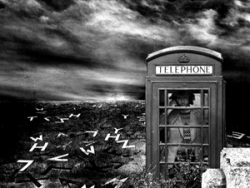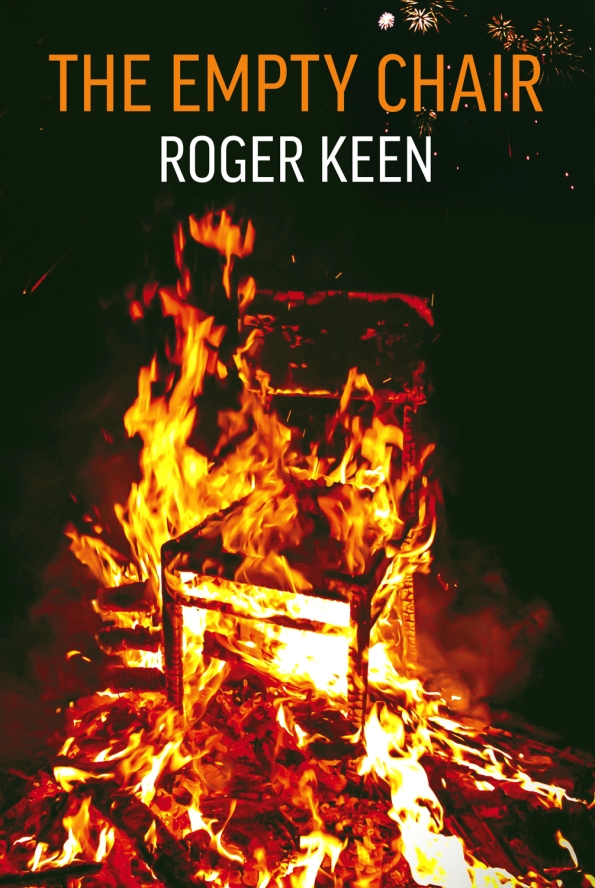My Top Film of 2011: Melancholia, directed by Lars von Trier
 How do you effectively depict mental illness in cinema? The necessarily internal nature of much of its substance has presented a formidable challenge to filmmakers over the ages. Psychotic states are easier to handle, as they’re inherently more dramatic. Who can forget the cracks opening up in the walls and ceilings of mad Carole’s flat in Polanski’s Repulsion, with hands springing out of the walls on percussive beats to taunt and molest her? Then there’s ventriloquist Maxwell Frere in Dead of Night, whose schizoid condition renders him under the control of his dummy, the delightfully sinister Hugo Fitz. And more recently, crazy mixed-up Donnie Darko gets to chat to a six-foot-tall rabbit about the end of the world, as you do.
How do you effectively depict mental illness in cinema? The necessarily internal nature of much of its substance has presented a formidable challenge to filmmakers over the ages. Psychotic states are easier to handle, as they’re inherently more dramatic. Who can forget the cracks opening up in the walls and ceilings of mad Carole’s flat in Polanski’s Repulsion, with hands springing out of the walls on percussive beats to taunt and molest her? Then there’s ventriloquist Maxwell Frere in Dead of Night, whose schizoid condition renders him under the control of his dummy, the delightfully sinister Hugo Fitz. And more recently, crazy mixed-up Donnie Darko gets to chat to a six-foot-tall rabbit about the end of the world, as you do.
But how does a filmmaker cope with depression? You can have a character act moody, downbeat, irrational and dead to sentience, but by what means do you convey the grand drama and existential terror of the inner apocalypse that is the hallmark of the full-on depressive state? Lars von Trier has found a way – by reifying it as the eerily beautiful blue planet Melancholia, which is coming towards Earth and maybe will collide, or maybe not.
Melancholia is very deliberately a film of two halves. The first, entitled ‘Justine’, depicts a train crash of a high-class wedding reception, where depressive bride Justine (Kirsten Dunst) simply isn’t in the mood, breaking off from the proceedings to take a bath, wander on the hotel golf course and capriciously shag one of the guests in a bunker, as family and friends fulminate around her. Shot in a chaotic style, with jerky camerawork, jump cutting and crossing the line, it lightly sketches Justine’s situation, but does so with knowing expertise. The interaction of her cold, ball-breaking mother (Charlotte Rampling) and skittish, ineffectual father (John Hurt), now estranged, tells us all we need to know.
The second half is entitled ‘Claire’, after Justine’s better adjusted sister (Charlotte Gainsbourg), and shows the aftermath of the failed wedding, with Justine staying on at the country hotel which is owned by Claire and husband John (Kiefer Sutherland). Apart from the family there is no one else around – no guests, no golfers, no staff – so the setting could be a more aesthetic version of the Overlook Hotel. Into this hermetic bubble, the planet Melancholia makes its entrance, with John studying it through his telescope and calming fears about an imminent collision with Earth. Through careful and inspired use of CGI, the blue planet manifests in the sky over the ornate topiaried gardens and lake, forming a luminous binary combination with the moon by night and an impressive blue-white sphere of increasing magnitude by day.
Despite reassurances from John, Claire becomes increasingly anxious and googles Melancholia to find a diagram of its trajectory in relation to Earth, which contains a tricksy whiplash sting in the tail. However, in contrast to Claire, Justine finds herself much more serene than normal, somehow in accord with the approaching Melancholia, and even takes to bathing nude by its light, the preternatural sapphire glow sculpting her body so that she resembles an ethereal goddess. To placate Claire, John creates a circle out of wire, to be held at a fixed distance and so measure whether the planet is getting bigger or smaller. Having loomed large in the sky, it starts to recede, causing relief all around, but presently – horror of horrors – it starts to swell again, threatening to wipe out everything, life as we know it.
So by using the science fiction conceit of the cosmically-wrought end-of-the-world scenario, Lars von Trier perfectly recreates the conditions of depression, with its looming all-pervasive horror, waxing and waning and waxing, and the threat of apocalypse always felt to be imminent. As a rationale it’s more subtle than cracking walls, a giant talking rabbit or a dummy with a mind of its own, and has left some of its audience out in the cold and bewildered. The ponderous very Northern European style of the filmmaking, reminiscent of Bergman and Tarkovsky, and low on entertainment value, has also acted as an alienating factor. Yet for those that ‘get it’, this is uncompromising cinema of a high order, a true auteur’s vision of a coalescence of beauty and darkness, a transcription of the perilous path that circles the Nietzschean abyss which is always there, if not always in sight.



